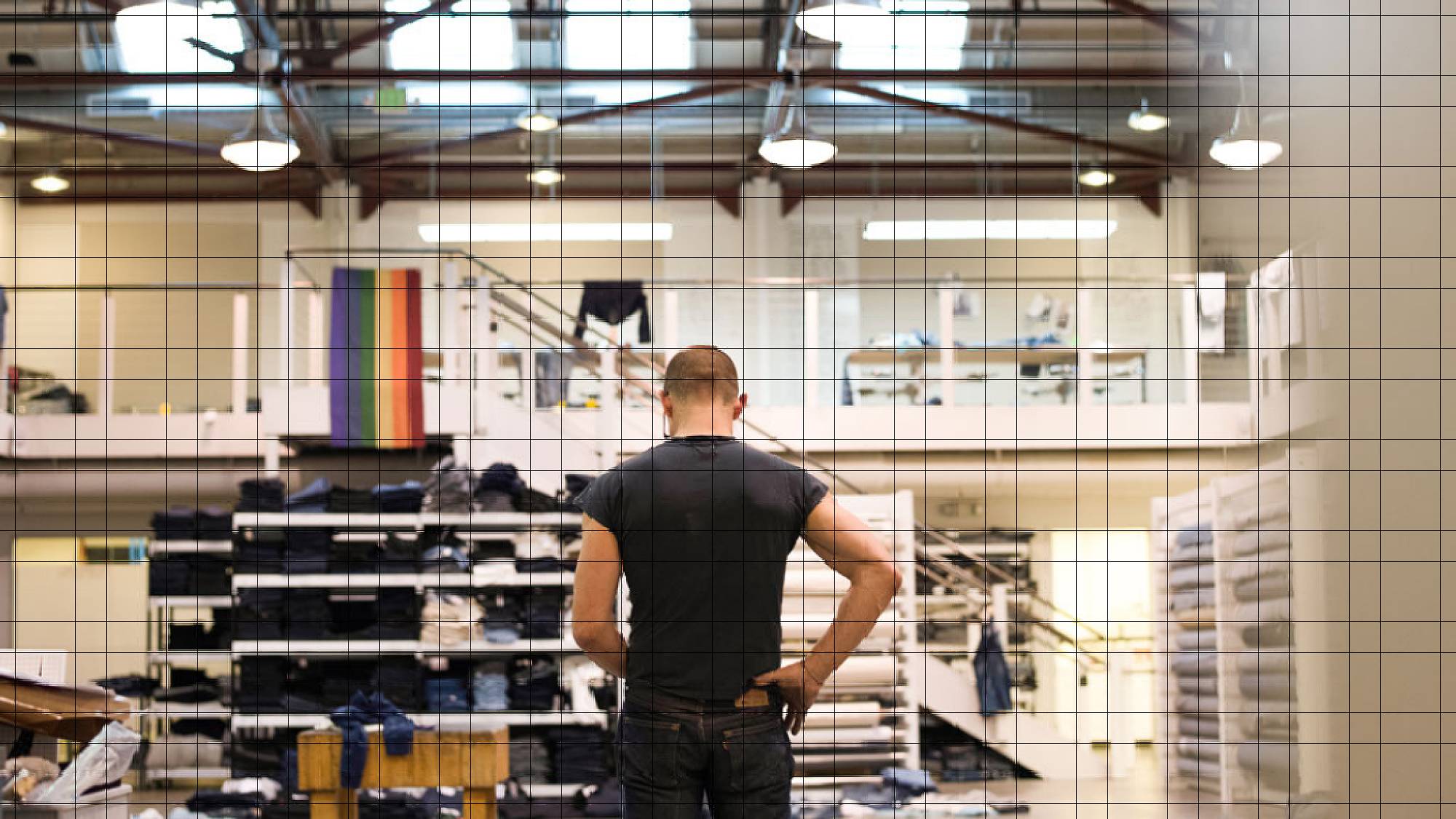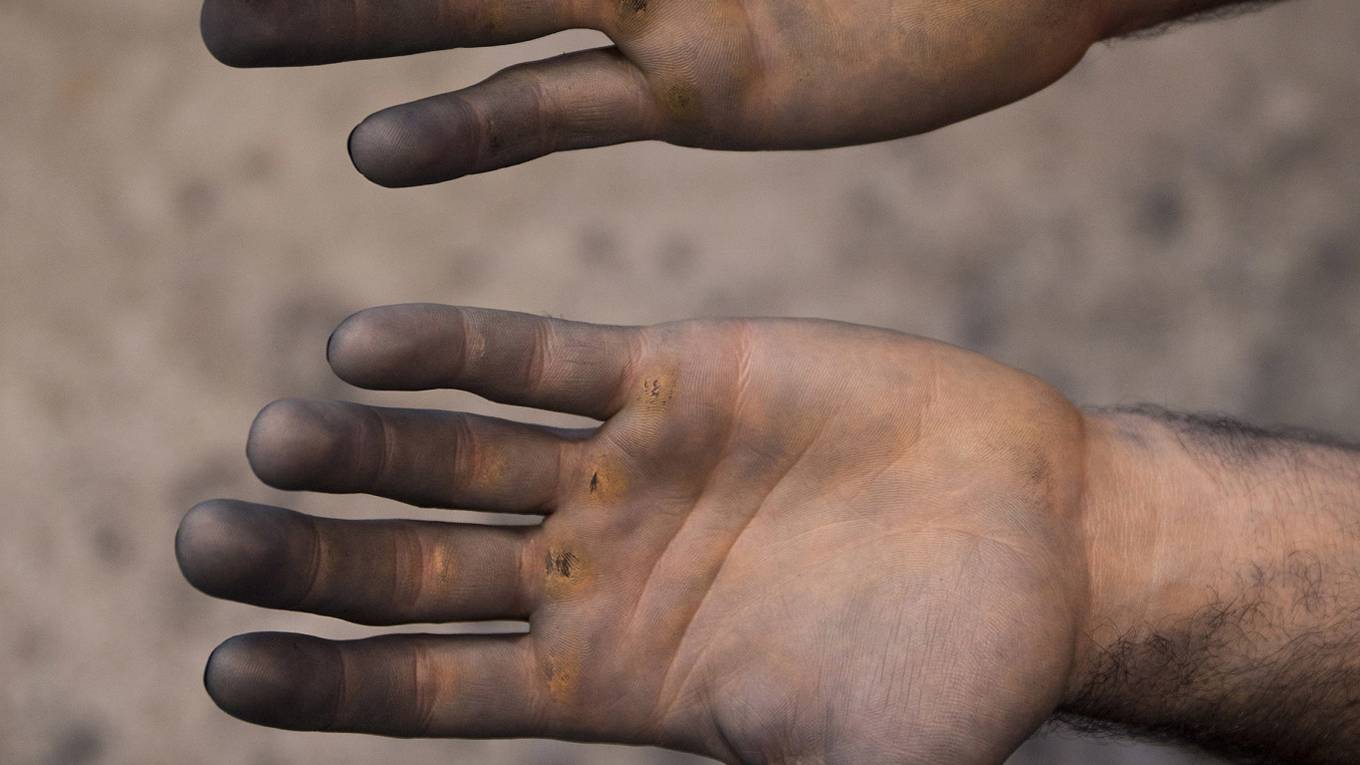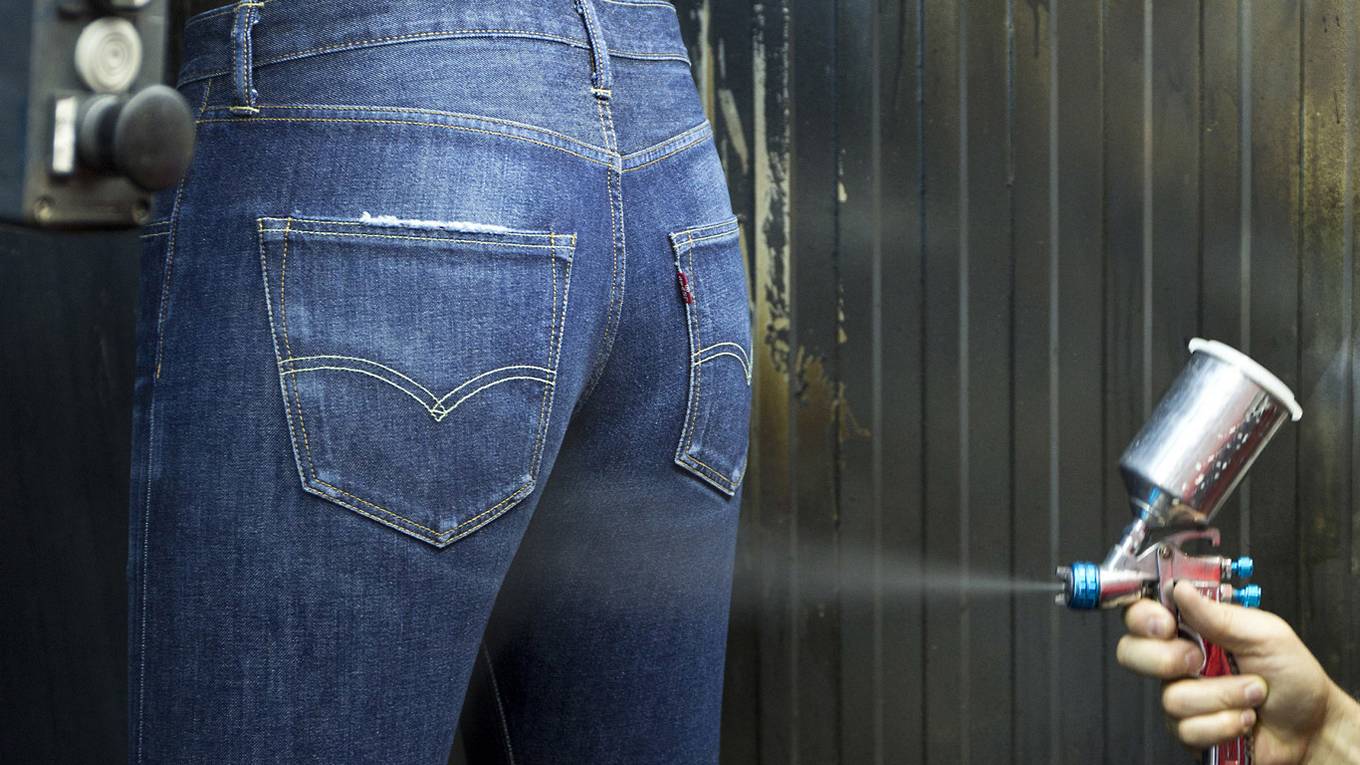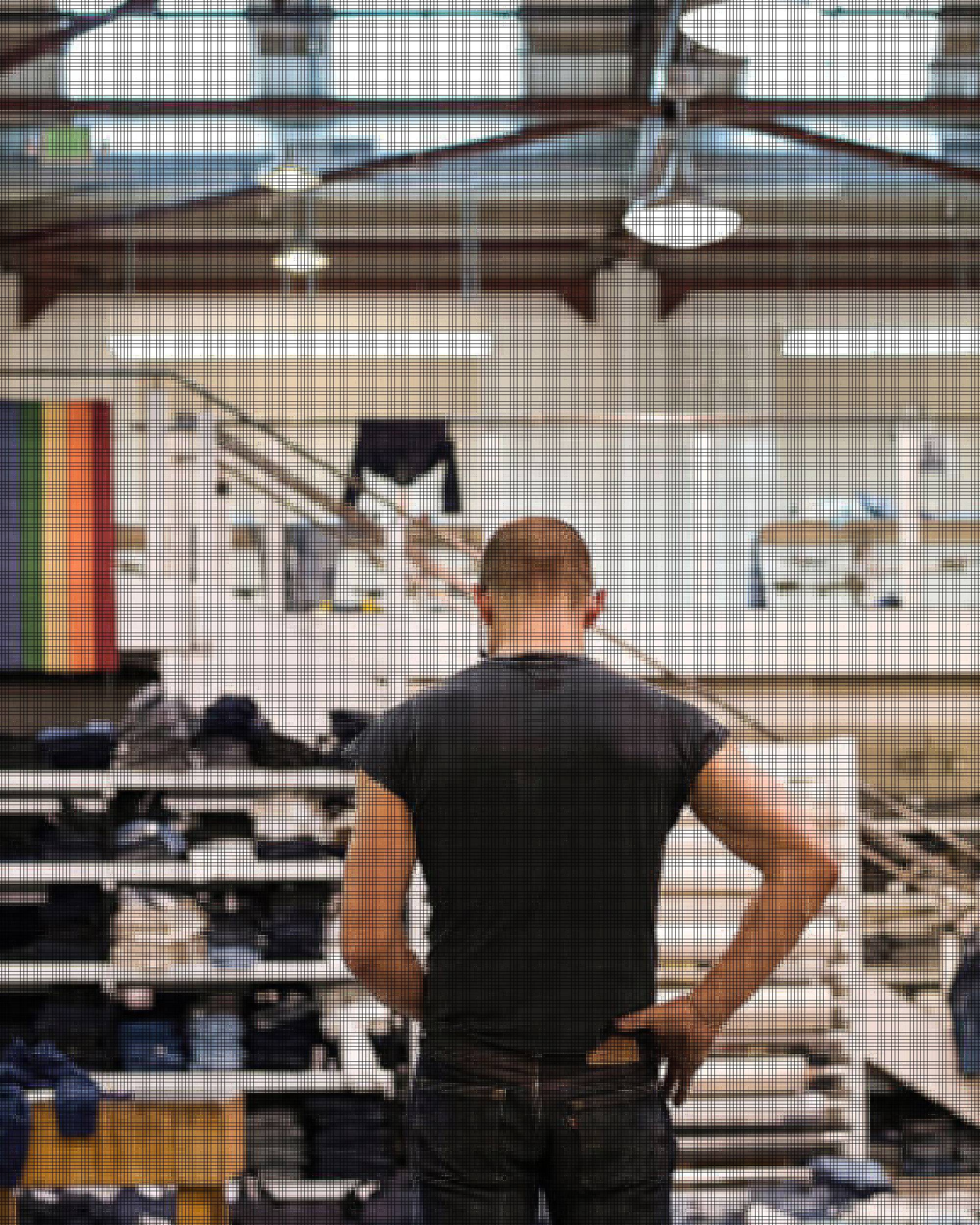
Research. Experiment. Repeat. That’s how things work at our Eureka Innovation Lab where Levi’s® designers cut, sew, dye, destroy and try new fabric techniques. The Lab’s been around for just a few years, but its leader, Bart Sights, has a lifetime of experience being a mad scientist of all things denim, from starting a business with his father right out of high school to moving around the world and helping Levi’s® open its Innovation Labs in Turkey and San Francisco.
We sat down with Bart to talk about his history with Levi’s®, how he leads a team of innovators and what his team does to stay on the cutting edge of denim.
THE START OF SOMETHING BIG
Q: LEVI’S®: WHAT GOT YOU INTERESTED IN DENIM?
A: BART: My family was in the industrial laundry uniform rental business. The finishing part of denim, what we know now, sort of grew out of that industrial laundry business. So I grew up running washing machines from the time I was about 12. Brands were starting to need their jeans washed*. I was getting out of school, and my dad and I decided to start a business that nobody had really any idea how to go about. It was at the very infancy of denim finishing. But I’ve always liked jeans. I’ve worn jeans since growing up. They’ve sort of evolved into an art form.
*Editor’s note: “Denim washing” refers to the stage during which jeans get their final color.
Q: SO, THE DENIM FINISHING PROCESS IS FAIRLY RECENT.
A: Yeah, in the ‘80s. We were some of the first people in the U.S. to wash jeans.
Q: WHAT ARE SOME OF THE COOLEST OR CRAZIEST EXPERIMENTS YOU’VE WORKED ON AT THE EUREKA LAB?
A: I don’t think I can pinpoint one or two. We work on a wide variety of projects, and we research at a component level on the four Fs: fiber, fabric, fit and finish. We constantly keep our brand partners abreast of what we’re finding and collaborate with them on how to get that into products. That’s where the Eureka Lab comes in: we can actually make products. Here we have all the equipment we need to make everything in our line, head to toe, except shoes. So, we actually create [a prototype] very quickly, then deem if it’s right for the Levi’s® brand. If it’s not, we move on to the next thing.
Q: FASHION CHANGES SO RAPIDLY NOW. HOW DO YOU STAY ON THE CUTTING EDGE?
A: We have to blend newness with our heritage. We do branch into technologies, like Project Jacquard™ that we did with Google. That was a far stretch from what we’re known for. The fast fashion trend stuff … we have to be ready for it and jump on it quickly, but those things are usually not new technologies. Those are finishing attributes*, leg openings or stuff that’s been done before, but tweaked in a different way. What’s great about having this small factory setting is that we can get those things into our products very quickly.
Q: HOW MUCH RESEARCH GOES INTO THE PROJECTS YOUR TEAM WORKS ON?
A: An incredible amount. It’s sort of a constant conflict. We need to have an atmosphere where we’re learning by doing and experimenting, but we also have to be very disciplined in research to make sure we’ve exhausted all alternatives to an approach.
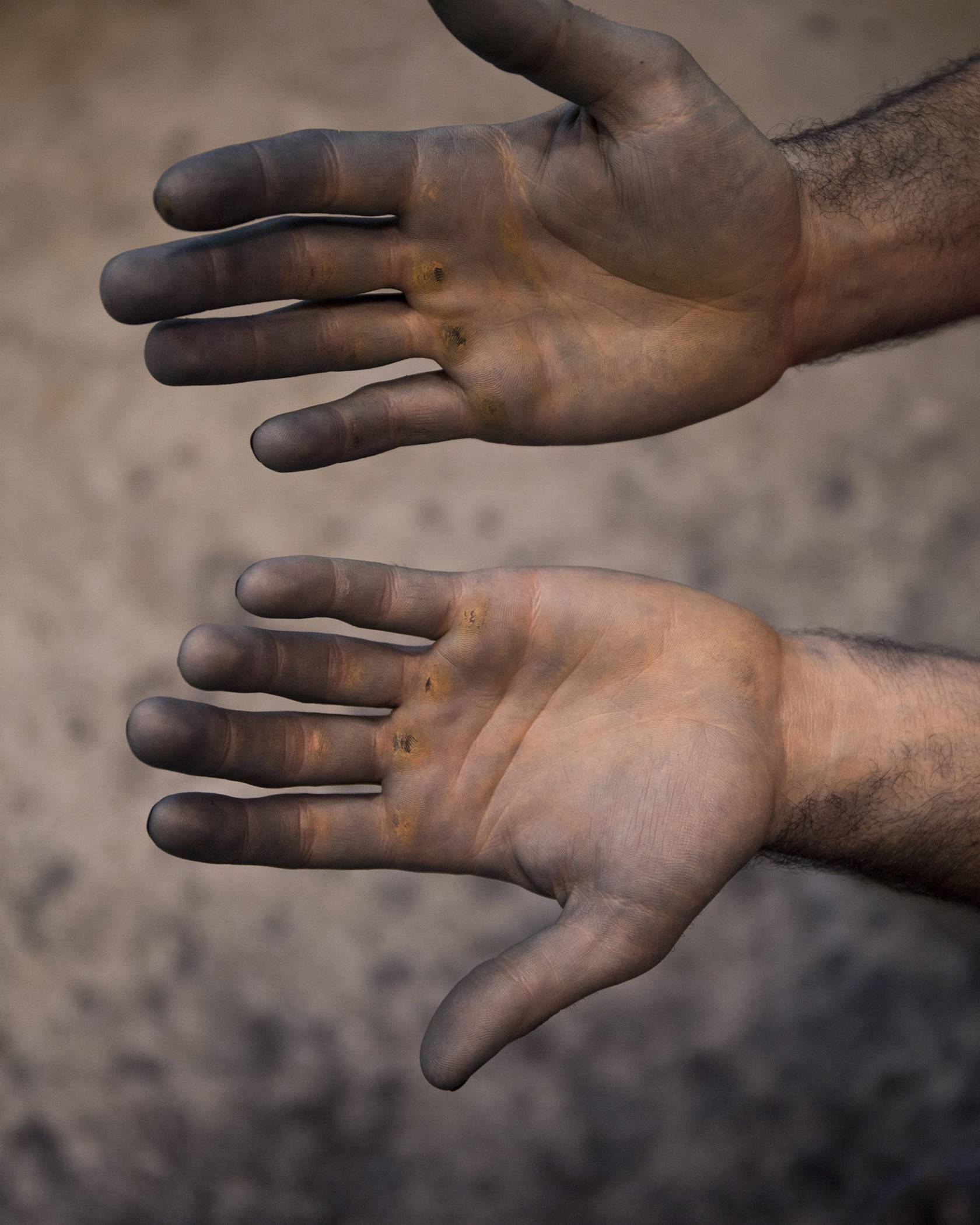
INNOVATION
Q: DO YOU HAVE TO THINK ABOUT THE SUSTAINABLE NATURE OR ENVIRONMENTAL IMPACT OF YOUR EXPERIMENTS AND TECHNIQUES?
A: Everything we do from a product innovation standpoint goes through the filter of sustainability, especially in finishing. We’ve taken an aggressive stance on the use of water, especially in the past five years or so. We’re constantly looking at techniques and machinery that can enable improvement and drastic reduction in water usage.
If you look at the life cycle of a pair of jeans, we’re going to soon come to the point where there’s not that much else we can do in finishing because we’ve driven the water usage down so low. Then it becomes more of a question of how we look at cotton growing and consumer care. Those are the big chunks left in water that we don’t have answers for. We’re constantly working on that.
Q: A LOT OF TECHNIQUES YOU PRACTICE INSPIRE INDUSTRY-WIDE CHANGE. HAVE YOU NOTICED THAT DURING YOUR TIME HERE?
A: Absolutely. Screened Chemistry, Water<Less®, Project Jacquard™—we try to make everything we work on influential, because we are pioneers. We have that responsibility. When we built Eureka, we realized we had the opportunity to reshape the future of apparel—at least denim apparel. Anything we’re going to spend our time on needs to have gone through that filter of “Is this really going to change the world?” If it’s not, then it’s probably not worth working on it.
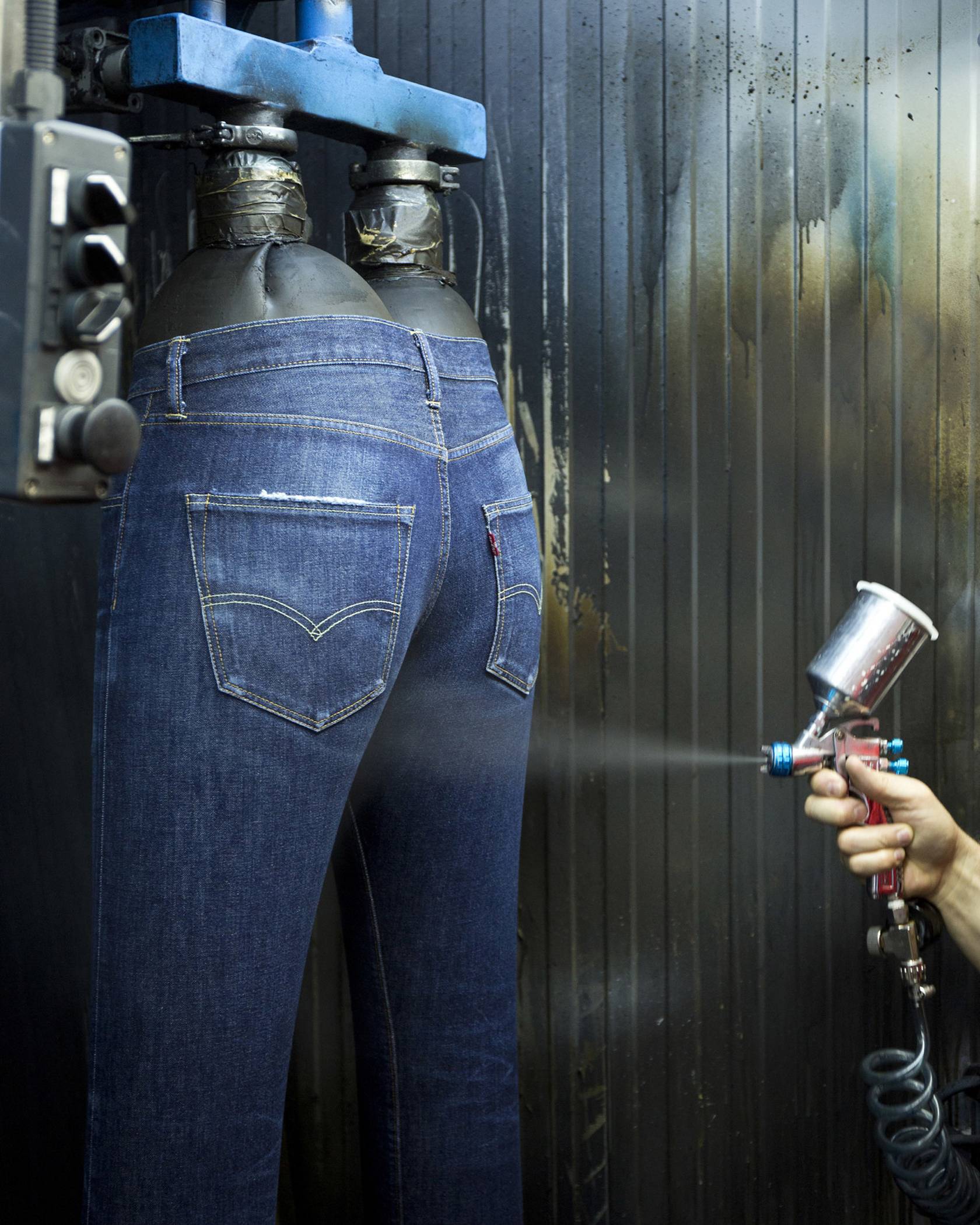
MAKE THEM YOURS
Q: WHAT MAKES A GOOD PAIR OF JEANS?
A: Personally, jeans are very soulful to me. If you put on a pair of rigid jeans and you wear them for a couple of years, you look at them and remember things that happened in those jeans. They reflect that. The authenticity of that, to me, is the answer. Authenticity.
